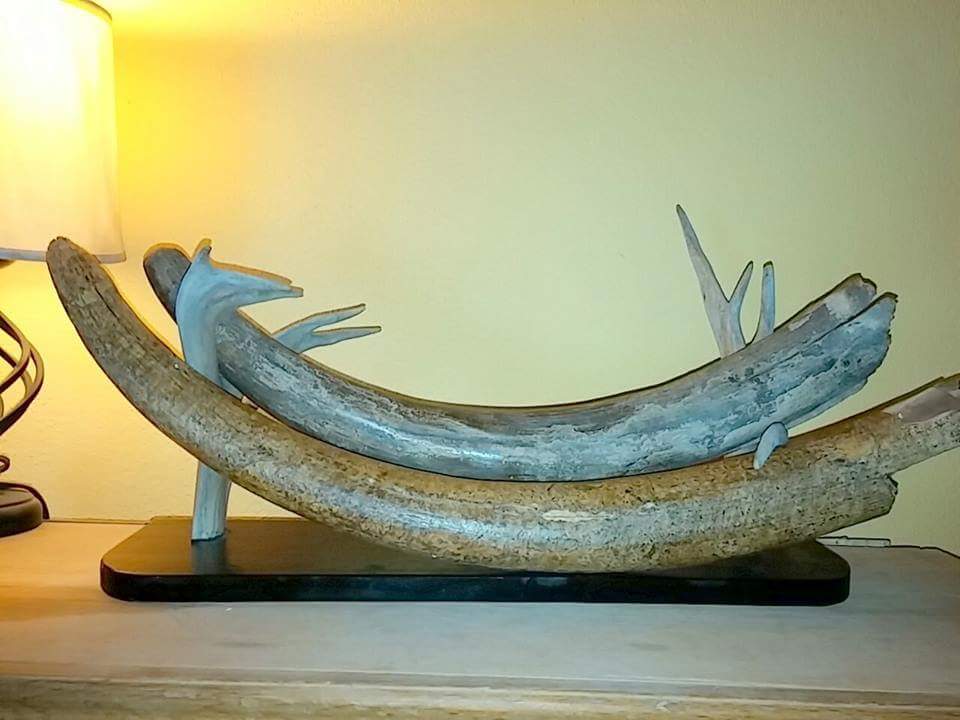Mammoth Ivory 101 part 2
There were six different species of Mammoths across the globe, which came into existence between 10,000 and 500,000 or more years ago and ranged until very recently in geographic time.
The Mastodon and forefathers of the Mammoths began its existence sometime after the dinosaurs reign and walked along side the mammoths up until about 200,000 years ago.
Imperial Mammoth - 400,000 Stood 22’ at the shoulder with 20’ long tusks. These animals roamed the world when the age of gigantism reined. It is not uncommon to find these remains with 300# beaver skulls or 500# wolverines.
European Mammoths – these are depicted in the French cave paintings from 70,000 years ago. This species stood about 16’ at the shoulder and sported tucks about the same length.
The Step Mammoths of western Europe were smaller at only 14’ with tusks that averaged about 10’. These animals grazed on the wide open savannahs left from the last glacial ice age. When they came into existence has been argued, but it is known that they went extinct about 10,000 years ago.
The Siberian Mammoths were one of the most recent species and one of the best preserved because of the mass die off and quick freezing of their remains in the Siberian arctic. These animals roamed in both the grass lands and the red clay forests, which makes the ivory a rare red color and very highly priced. It is suggested by local legend that this species might have not gone existent until well into the 1700’s.

The Wholly Mammoth is the most popular and it is estimated that the majority of ivory found belongs to this species as the remains have been preserved in the permafrost of the arctic regions. This species is believed to have existed from about 160,000 years ago until about 10,000 years ago.

The Mini Mammoths of Wrangle Island, Alaska, are the most recent of the species and are believed to be a subspecies of the Wholly Mammoths that were separated by the loss of the Bearing Sea land bridge after the last ice age, around 10,000 years ago. These animals adapted to there surroundings and downsized to be able to exist on the low lichens and moss of the barren island. Like their cousins the Siberian Mammoths they are believed to have existed until early modern man.
 This set of Wholly Mammoth Tusks was found by my ex-husband. They are 10’ and 11.5’ and weigh 105# and 155#. They were found along with a full skull. It was noted that the right tusk was the predominately large of the two, which is typical in most cases.
This set of Wholly Mammoth Tusks was found by my ex-husband. They are 10’ and 11.5’ and weigh 105# and 155#. They were found along with a full skull. It was noted that the right tusk was the predominately large of the two, which is typical in most cases.
